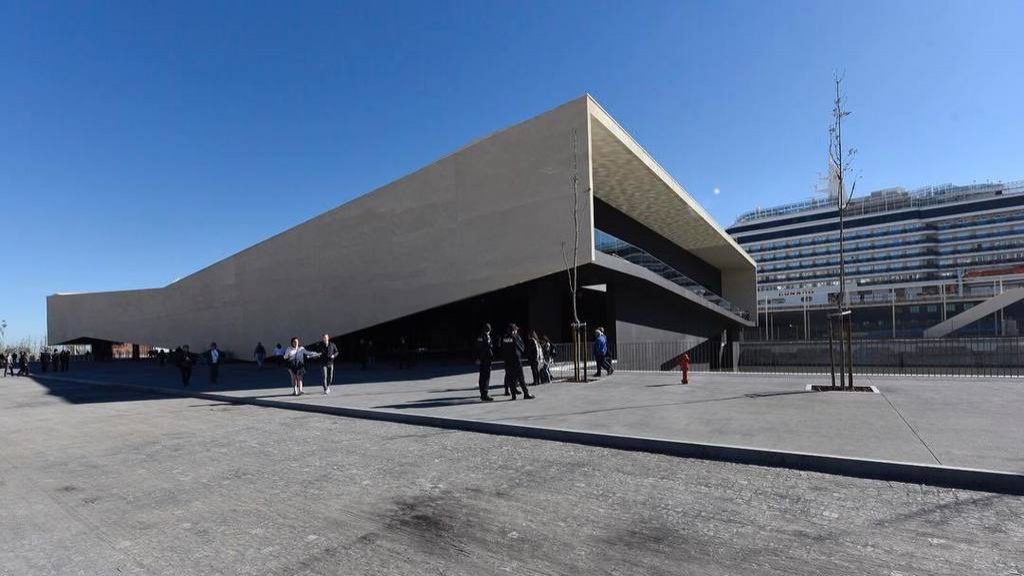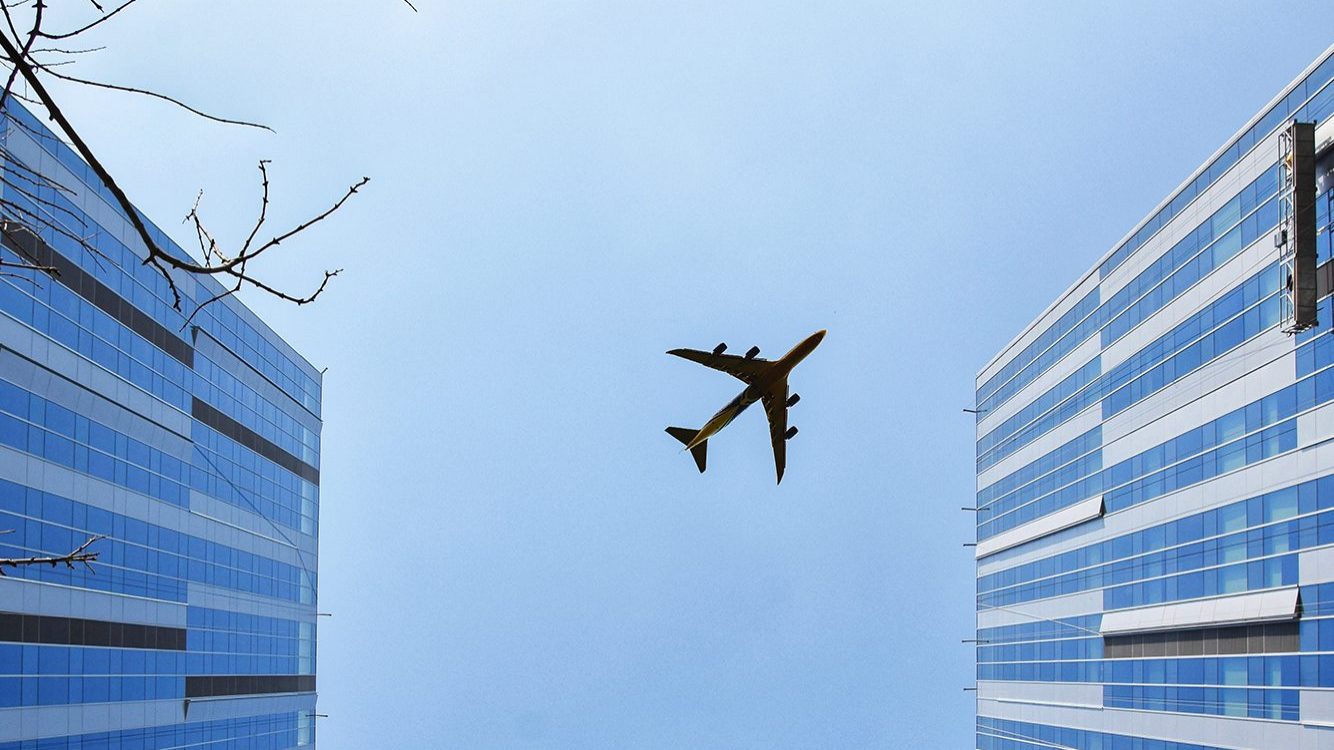Private jets start paying carbon tax in July
The order signed by the minister of infrastructure, João Galamba, changed "the scope of the carbon tax to cover the consumer of air travel in aircraft with a maximum capacity of up to 19 seats.
Flights on private jets with a capacity of up to 19 passengers will pay a carbon tax of €2 per passenger as of 1 July, according to an amendment to the ordinance published on Friday in Portugal’s official gazette, the ‘Diário da República’.
The order signed by the minister of infrastructure, João Galamba, changed “the scope of the carbon tax to cover the consumer of air travel in aircraft with a maximum capacity of up to 19 seats.
In July 2021, the government introduced a carbon tax for passengers travelling by air, sea and river, costing €2 per person, “as compensation for the emission of pollutant gases and other negative environmental externalities caused by these means of transport”.
Last December, a law was passed that extended the scope of this tax, “determining the need for the government to introduce a carbon tax for the consumer of air travel in aircraft with a maximum capacity of up to 19 seats, with a mechanism for calculation based on the capacity of the aircraft and the distance travelled by the flight”.
This is an initiative presented by the PAN in parliament as a proposed amendment to the 2023 budget, which the government accepted.
According to the decree published today, the charge is levied on the consumer of air travel and is collected and paid “by the owner of the aircraft if it is not being operated by another entity”, “by the aircraft operator in other cases of non-commercial flights” or “by air carriers that perform flights and market them”.
Excluded from the levy are flights with all-electric aircraft, transport services falling under public service obligations, state flights, instruction flights, emergency medical flights performed within the framework of the integrated medical emergency system, search and rescue flights, and take-offs following landings for technical reasons, meteorological reasons or similar contingencies.
The revenue from the carbon tax is transferred by the National Civil Aviation Authority (ANAC) to the Environmental Fund.


